
Few back-to-school seasons have been as emotionally loaded as the start to the 2021 academic year. So many kids were stepping back into the classroom for the first time in 18 months — or ever. Children, parents, and teachers were elated, nervous, frustrated ― all of it.
While the first month or so of school is a time of transition for everyone, most kids really should be settling in by about October, Janine Domingues, a clinical psychologist in the Anxiety Disorders Center at the Child Mind Institute in New York City, previously told HuffPost. If they’re not, it may be a sign they need additional support.
Wondering if your child needs help at this point in the year? Here are some signs to look out for.
1. They’re avoiding tasks
Avoiding schoolwork or school-related activities can definitely be a clue that your child is having a hard time adjusting.
Rebecca Jackson, vice president of programs and outcomes and a cognitive specialist with Brain Balance Achievement Center, put it this way: “I’m not good at softball, so if you ask me to go play softball this weekend, I’m going to tell you I’m busy.”
Likewise, a kid who is struggling to keep up in math is unlikely to want to sit down and do math homework.
“Task avoidance behaviors can really clue you into where kids need a little more help and support,” Jackson said.
Keep in mind, that avoidance can manifest itself in different ways, depending on kids’ ages. Younger kids might have tantrums or meltdowns when they’re supposed to be doing something they don’t want to. Older children might just kind of shut down emotionally or procrastinate, Jackson said.
2. They’re totally unwilling to talk about school
Kids aren’t always great communicators about what’s going on at school, especially if you throw a generic “how was school today?” their way right at pick-up.
But if you find that you’re totally unable to get your child to open up about what is happening at school, that’s a potential red flag.
It’s really important to know your child’s communication style, Jackson said. She finds, for example, that her own kids open up to her more over a game of catch or around bedtime. Try out different prompts like: “Tell me about the best part of your day.”
That said, if you’re trying lots of different strategies to get your child to talk to you and they’re simply not, it’s worth checking in with their teacher.
3. They’re grumpy or clingy
Grumpiness in children can be a sign of anxiety, and it can manifest itself in different ways, depending on where kids are developmentally. Older kids might act out, yell, or be unusually defiant. Younger kids might have tantrums or seem whinier than usual.
Clinginess has also been an ongoing issue throughout the pandemic — and it’s definitely something to look out for now.
Kids tend to cling because they’re looking to feel safe and especially when their routines are off, as they have been throughout the pandemic. But at this point in the school year, many children should really be settling into new routines that give them a sense of comfort and stability — even with COVID-related disruptions. So, if you find they’re still clinging more than you expected, bring it up with their teacher or their pediatrician.
4. Their daily routine still seems really challenging
First and foremost: Don’t expect perfection or anything like it. Morning routines will not always be smooth. Kids might need to be prompted 400 times before they do something — and that’s OK.
“Transition and change take executive function,” explained Jackson, referring to the set of skills, like self-control and time management, that help all of us manage daily tasks. “The older and more mature we are, the better we are able to handle stress and change.” A preschooler might take more time to adjust to a new back-to-school routine than, say, a 12-year-old.
Still, by the end of that first month, most kids really should be getting into their groove, Jackson said. So, if you’re finding that morning transitions are still really, really difficult, for example, or that your older child still is just not getting the hang of doing homework at all, it’s worth tuning into how they’re doing overall.
5. You’re noticing the same issues from last year
Parents have a tendency to be hopeful as their child heads into a new school year, Jackson said — which is lovely, in many ways. We parents are optimistic that any issues that came up last year might resolve pretty organically by being in a new classroom setting, or working with a new teacher (or teachers) who can really help our children work through roadblocks and progress.
But if you’re noticing that any of your lingering concerns from the year before seem to be cropping up again this year — say, your child doesn’t seem very engaged, or you get the sense that they’re needing more redirection than their classmates — don’t sit on it, Jackson said.
“If you were worried last year that your child was falling behind, worried about them socially, worried about attention and focus, keep that top of mind,” Jackson advised.
While many parents take a wait-and-see approach, school has been back in session long enough now that it’s time to start addressing any of those lingering concerns head-on.
Ask your child how they’re doing. Talk to their teacher. Check in with their pediatrician about any specific concerns you might have. Don’t underestimate how much change children have coped with over the past year-plus, so they might simply need a bit of extra support.
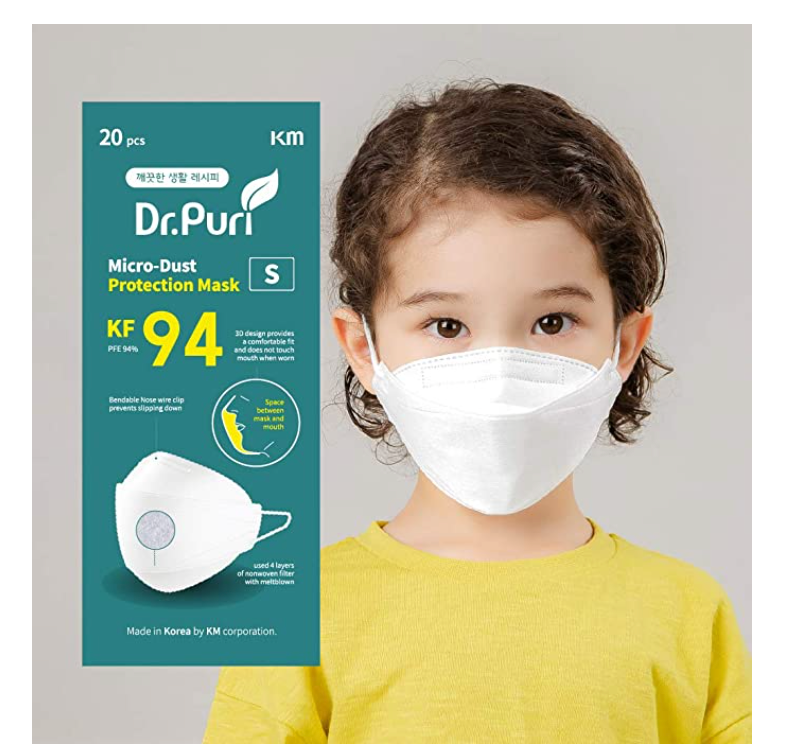
Get a pack of 20 for $26.99.

Get a pack of 10 for $17.99.


Get a pack of 10 for $24.
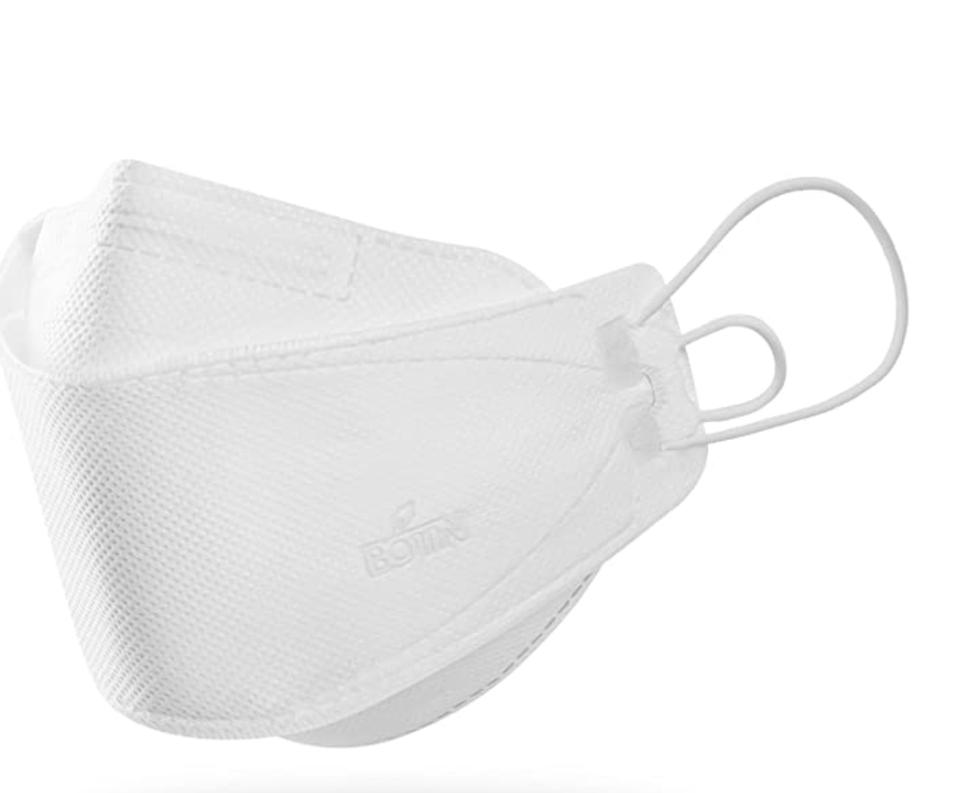
Get a pack of 10 for $20.

Get one for $1.49.
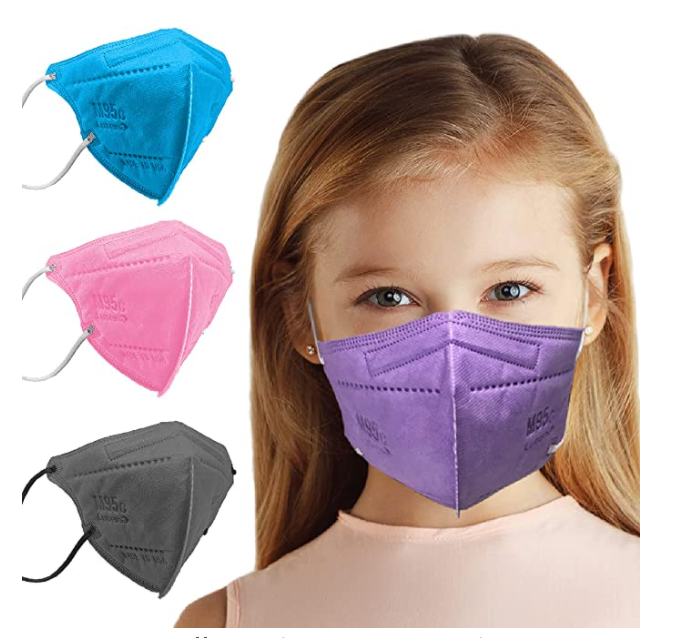
Get a pack of five for $14.99.
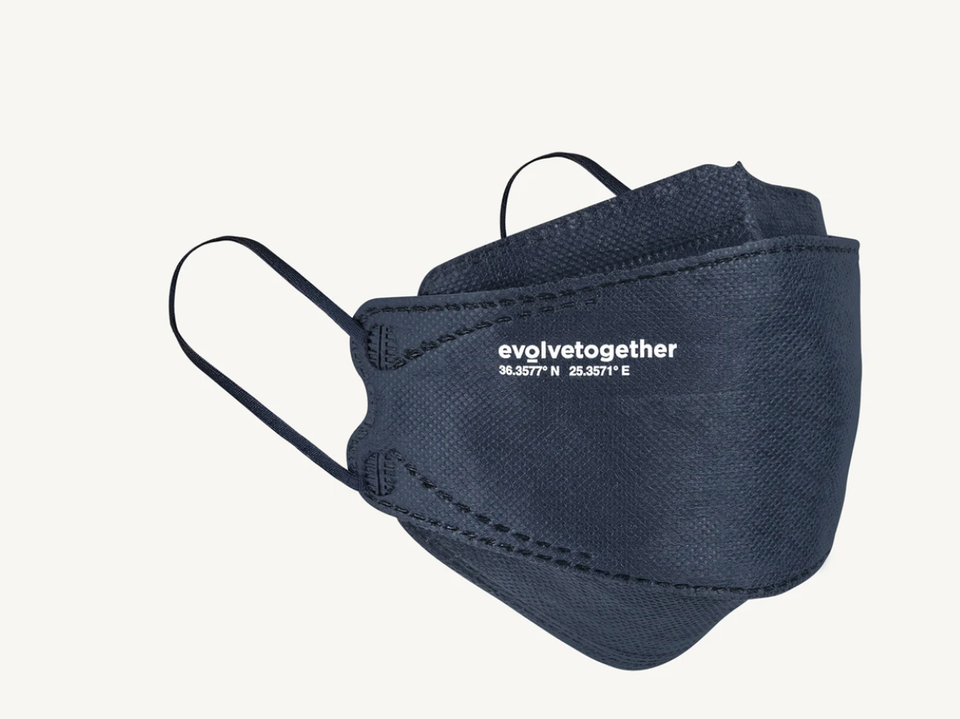
Get a pack of five for $14.95.
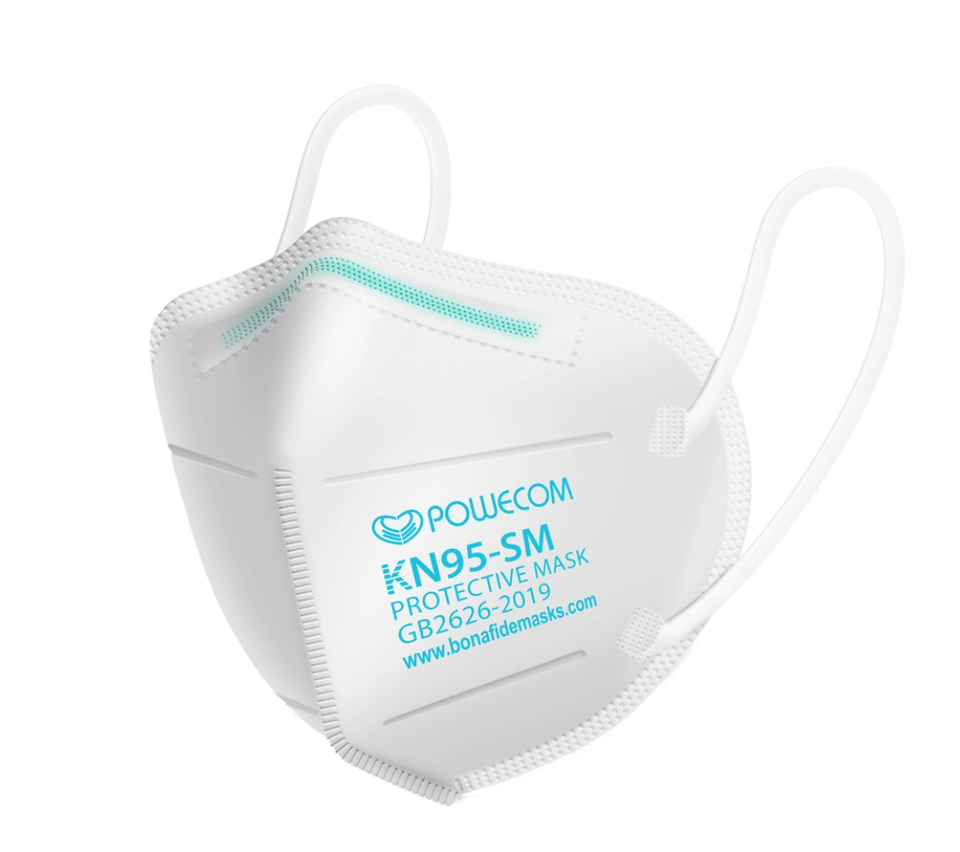
Get a pack of 10 for $12.
